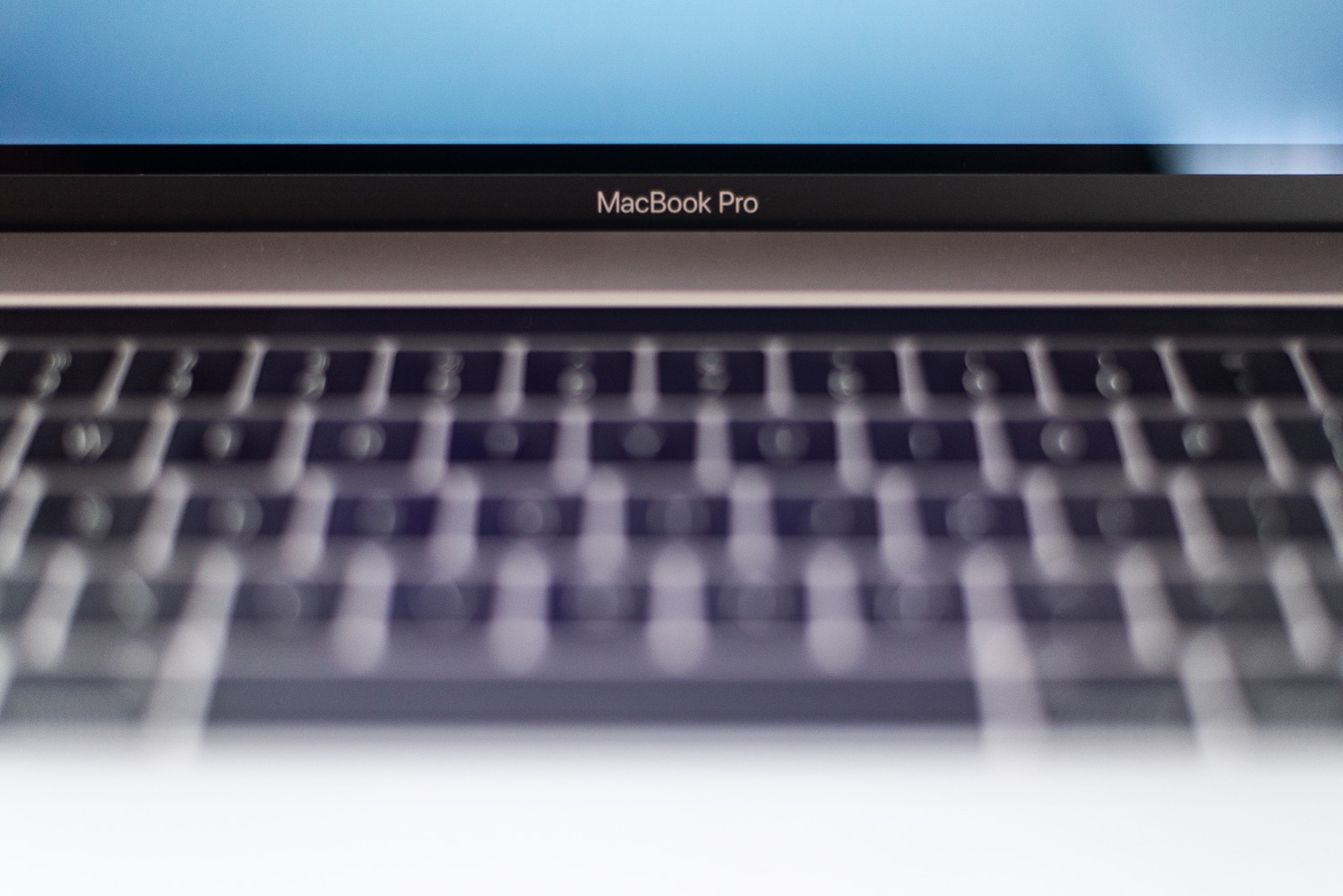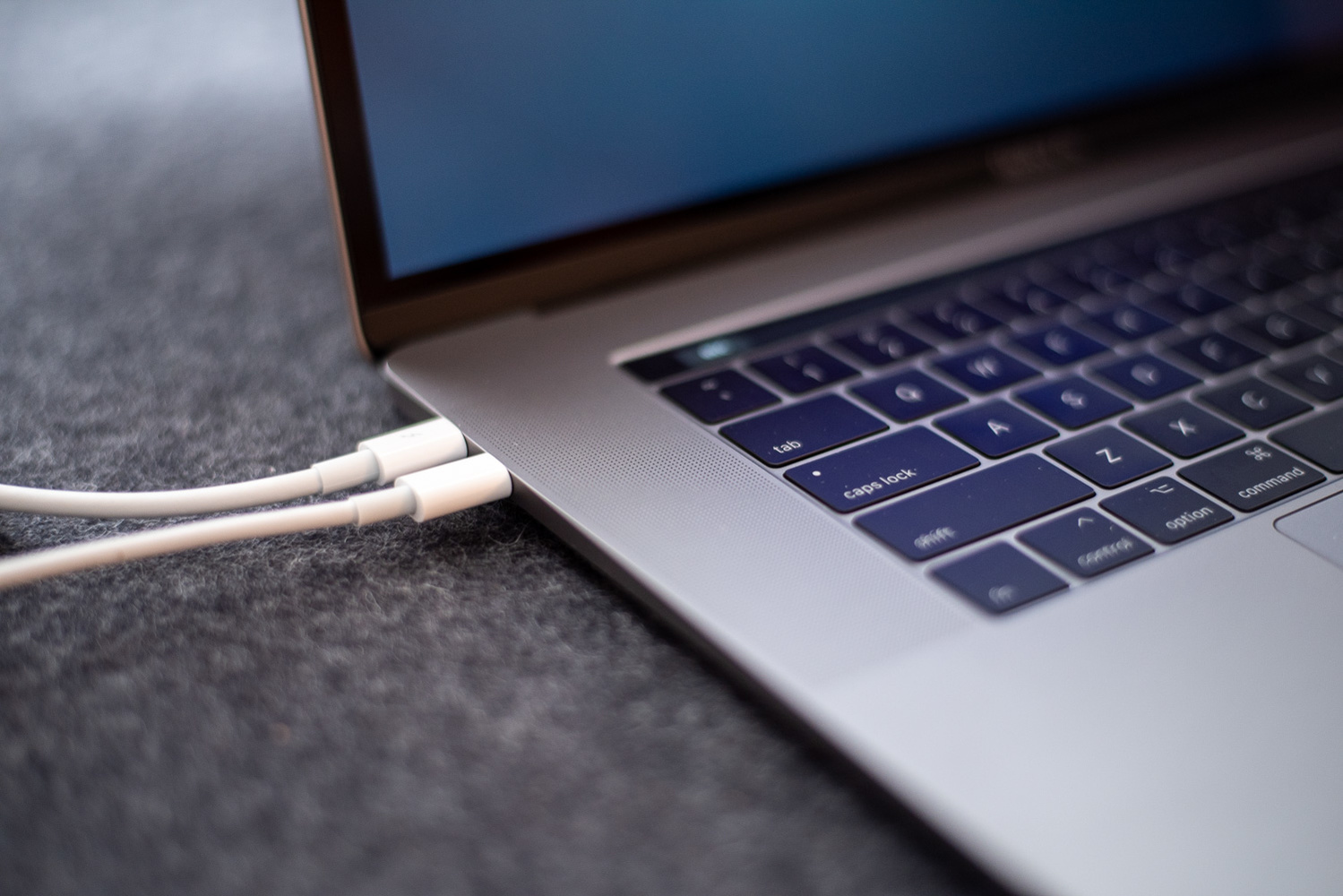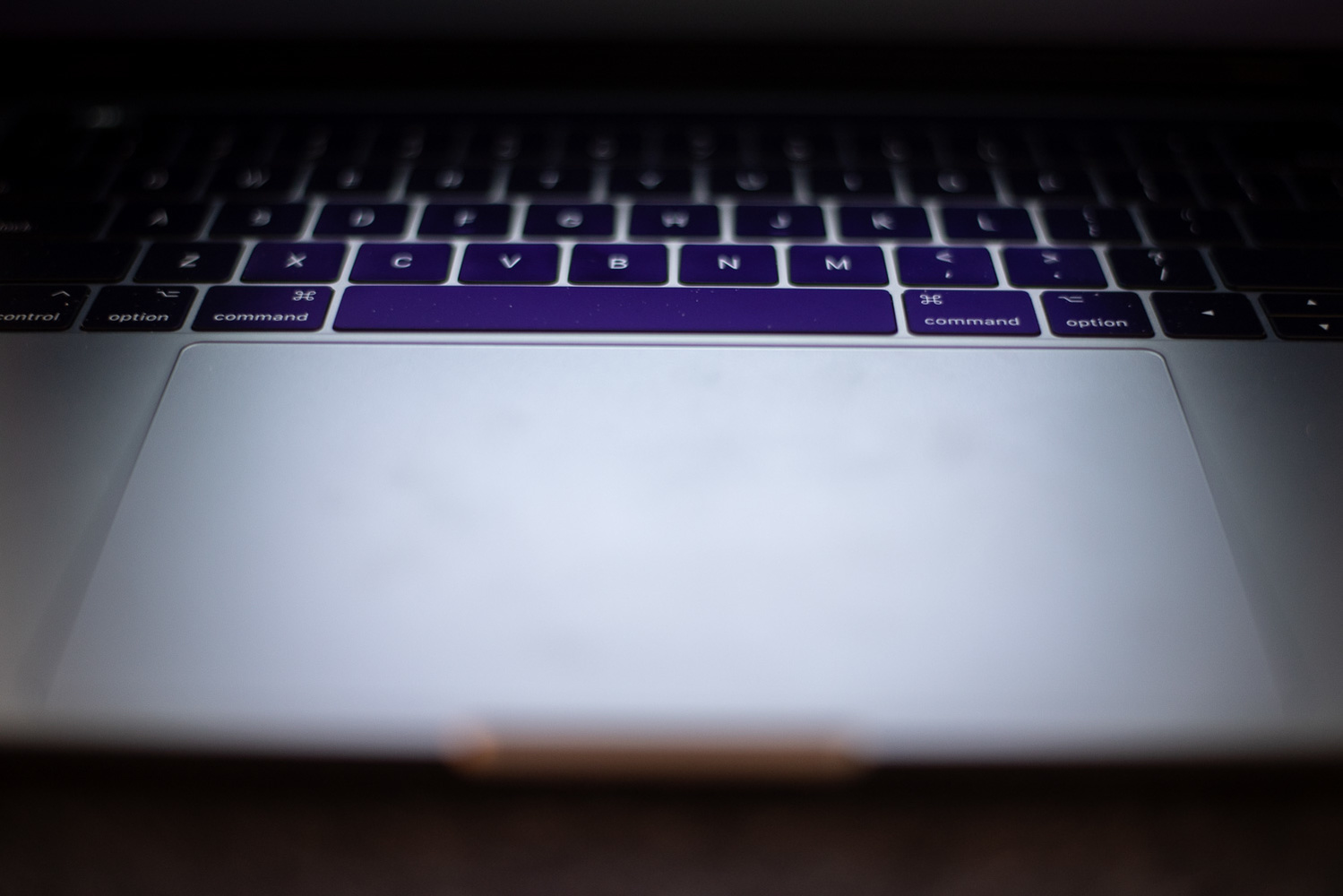We’re on the eve of another major Apple announcement. While it’s rumored to be purely software based, now is a good time to look at the polarizing 15-inch MacBook Pro with the all-too-infamous Touch Bar and four lonely Thunderbolt 3 ports.
I’ve had a chance this last year to both experience and review a number of other systems from HP, Dell, and Microsoft. And they’re honestly quite impressive. No, I’m not a PC fan. But I can appreciate a well-designed piece of tech regardless. And Windows PC makers have gotten a lot better about more contemporary design that looks and performs well over the last decade. Apple is now far from the only one designing beautiful machines. Still, like it or not, everyone — everyone — has taken a page from Apple.

A Little History
From the removal of the DVD disc drive to the transition to pricey solid-state-only hard drives, Apple’s decisions have often been polarizing, but few more so than the decision to ditch all other ports for four Thunderbolt 3 ports on its latest MacBook Pro lineup. Invariably, the introduction of the Touch Bar was also infamous because, in a big way, this was the new piece of hardware that was supposed to appease those who missed out on the additional ports.
Sure, both features are completely unrelated. But even Apple couldn’t help the you-lose-your-ports-but-gain-a-touch-bar rhetoric. And when the Touch Bar fell flat in its utility and did, indeed, seem a bit gimmicky, the painful reminder of lacking port flexibility bore its way to the front of the mind.

Fast-forward almost two years, and it’s interesting to see what has happened. Of course, it was a bit too early to switch to full Thunderbolt 3. It takes time for peripherals to catch up. But if you’re a professional buying a $2,000-$4,000 laptop, I would argue it’s good to have the latest and greatest ports for your workflow and to simply upgrade your accessories. Arguably, having access and such broad support for a new interface a bit too early is actually good for lengthening the usefulness of your entire setup. We always look at these things retroactively and regret that we can’t use USB-A for three decades straight. But starting early has the same benefits and also helps solve the issue of premature obsolescence. Many wasted time the first couple years of USB 3.0 while they waited for it to become more prevalent when they could have jumped on and had that much more time with a newer technology. And those in Apple’s target market for high-end mobile computers can afford a few extra accessory upgrades.
Re-Examining the MacBook Pro with Touch Bar
With the main issues addressed, now that we can just look at the Touch-Bar MacBook Pro without getting too angry, it is incredible that it’s already coming up on two years and simultaneously remains something that seems so new. There are now an array of small, fast, extremely portable USB-C and Thunderbolt 3 external SSDs that make traveling with extra storage so much easier. The oversized trackpad is insane when you first see it in person, but quickly becomes the most appreciated aspect to these new machines. The screen is top-of-the-line with superb gamut coverage. And the overall thin (yet hefty) build of these computers keeps them feeling fresh and just as modern in 2018 as they were in 2016.

The keyboard, although the subject of a small chunk of complaints for stuck keys, is strange at first, but easy to get used to. It’s one of those things that you just don’t want to go back from once you get used to it. In fact, most of these changes in tactile experience that feel strange at first are eventually and relatively easily accepted as improvements. The same happened with the switch of the physical Touch ID button in the iPhone 6S to the Taptic Engine version in the iPhone 7 (the same technology debuted and was even more quickly accepted in the MacBook Pro’s trackpad a year earlier). Today, clicking on any of the earlier models with the physical button feels cheap by comparison. The move to more and more subtle (but precise) forms of tactile feedback is something we’ll see more of and that ultimately does provide a more refined, higher-end experience. And the newest MacBook Pros are the greatest example of all of that coming together.
That said, the Touch Bar has yet to live up to the hype. Many of Apple innovations go under-appreciated. Internal SSDs that hit north of 3 GB/s are a perfect example of an incredible, but severely underrated feature of Apple's high-end laptops. But the Touch Bar is one that probably deserves to be overlooked. It looks slick, especially in the ads that show it being used effortlessly. But using it is not something that comes naturally. Its ever-changing key function layout does not lend itself to easy learning as it shifts under your fingers constantly. And sure, you can change to a permanent, traditional function key layout. But then what’s the point in the Touch Bar except for the nice addition of Touch ID?

What I Like
- Screaming-fast SSD performance at up to 3,000+ MB/s
- Great overall performance
- Thinner than ever while offering superb mobile performance
- Screen quality is best-in-class
- Keyboard takes getting used to, but great once you're there
- Oversized trackpad is super nice
- Touch ID is surprisingly nice to have on a laptop, if not entirely necessary
- Thunderbolt 3 ports are simply the best (so you get what you pay for); and there are plenty of amazing adapters for the once-in-nearly-never that you actually need something more
What I Don't Like
- Extremely expensive (expected, but the upgrades are where you really get killed)
- Touch Bar is fine, but just not all that useful
- Apple is limited by the technology available to them, which means 32 GB RAM still not an option
The Future
Still, with the Touch Bar not living up to its hype, it’s not like it really detracts from the experience, either. And the rest of the MacBook Pro continues to shine. Today, we could use little else from Apple apart from a touchscreen convertible laptop. That said, I understand why they’re stubborn to release one after reviewing the HP ZBook x2. There are some neat features for those that would actually need touch (designers, artists, and photographers who do heavy retouching). But for everyone else, it’s just not that practical. The mouse and keyboard method is still king.
Instead, we’re really waiting for internal advancements. Intel’s processor innovation has lagged behind. Rumors of Apple switching to its own ARM-based processors in the next year or two are everywhere now. And we’ll probably — finally — see a laptop from Apple by the end of the year with 32 GB of memory. The next quantum leap in hardware probably won’t change until we get rid of WiFi and put the computing tasks to a cloud-based server over 5G everywhere we are. But as it stands, the latest MacBook Pro with Touch Bar is simply one of finest, most refined machines the company has ever made. Windows users would be so lucky to have this hardware run their software.
The MacBook Pro with Touch Bar comes in 13-inch and 15-inch variants from $1,599 to $4,299.








This touch bar has been around for 2 years already? Wow, i'm still rocking the old one!
I don't get why Apple keeps the Touch Bar while so many people hate it. Pure arrogance to think they know better. I will never buy a Touch Bar MBP
I will NEVER buy any Apple device with the Touch Bar. A stupid feature
The MAc Os is ancient as Metushelch.